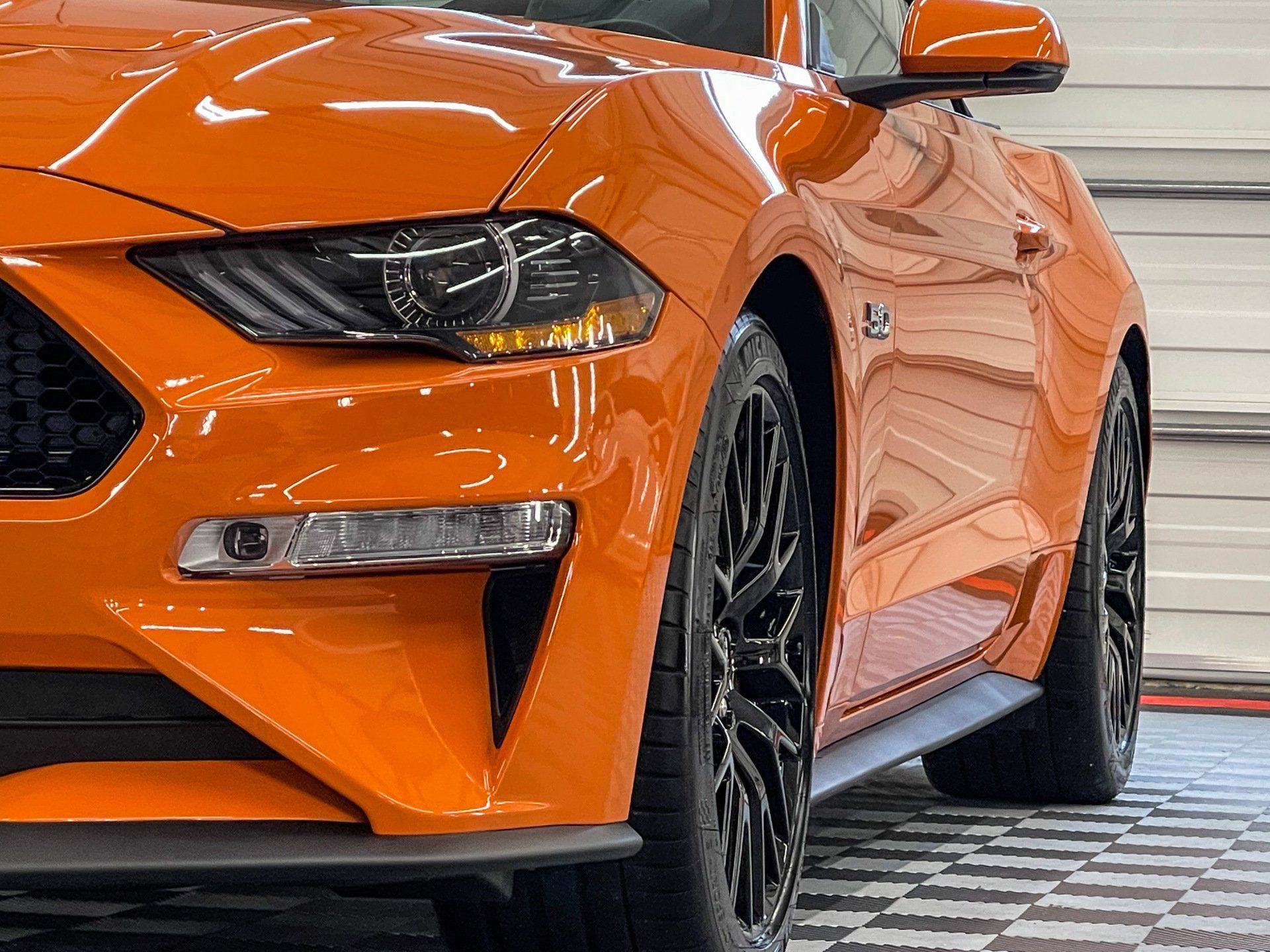When it comes to keeping your vehicle looking good and fighting off rust, many car owners often wonder what really works. You might be asking yourself, "Is there a way to protect my car from the damaging effects of rust without breaking the bank?" Well, you're in luck! Ceramic coating is becoming more popular as an effective tool in protecting vehicles from rust, but many people don’t fully understand how it works. In this article, we’ll explore the benefits of ceramic coating, how it protects against rust, and some key maintenance tips to keep your vehicle safe from corrosion for years to come. So buckle up and let’s dive into the world of ceramic coatings!
Yes, ceramic coating can help protect against rust by creating a hydrophobic layer that repels water and contaminants, minimizing the chances of moisture accumulation that leads to corrosion. While it does not completely eliminate the risk of rust, regular maintenance and reapplication of the coating significantly enhance your vehicle's defense against environmental elements that cause rust formation.

Does Ceramic Coating Protect Against Rust?
At its core, ceramic coating functions as a formidable barrier between your vehicle's paint and environmental contaminants. One of the key benefits of applying ceramic coating is its hydrophobic nature, which means it repels water and minimizes its accumulation on surfaces. This characteristic is particularly valuable because moisture—especially when combined with salts from the roads during winter—can lead to rust formation.
For vehicles in harsh climates, like those in South Western Ontario, where aggressive road treatments rather than traditional salt are applied, this added layer of protection is crucial.
To truly understand the potential of ceramic coatings, it's important to recognize that they can reduce rust formation by up to 90% when applied correctly. This drastic reduction comes from the fact that ceramic coatings help prevent moisture from sticking to the surface of the car, significantly lowering the risk of corrosion. A study showed that vehicles treated with ceramic coatings exhibited a remarkable 50% reduction in corrosion rates compared to untreated vehicles over a three-year period.
However, it's essential to note that while ceramic coating dramatically lessens the likelihood of rust, it does not eliminate it entirely. The effectiveness of these coatings also hinges heavily on proper application and regular maintenance. It is recommended to reapply or maintain these coatings every six to eight months for optimal results based on factors such as product quality and environmental conditions. Vehicle owners should actively monitor their car’s condition and ensure that the protective layer remains intact.
Utilizing this approach creates a necessary dialogue around maintaining your vehicle to maximize the effectiveness of ceramic coatings.
Additionally, a successful ceramic coating application involves a meticulous multi-step process: preparing the surface thoroughly, applying the coating evenly, and allowing for adequate curing time—typically between 24 to 48 hours—before exposing it to moisture. Skipping these details can compromise the coating's efficacy and leave your vehicle vulnerable to damage.
In considering your protective options, it's worth researching both professional applications and DIY products on the market today. With costs fluctuating roughly from $200 for self-applied alternatives up to approximately $800 for professional applications, assessing your budget against the features and longevity you require may direct you toward the most suitable choice. Ultimately, whether you opt for DIY or professional services, integrating ceramic coatings into your vehicle care routine can significantly enhance its resilience against rust and other damaging elements.
As you weigh these considerations, remember that effective protection plays a vital role in preserving your vehicle’s overall integrity while combating long-term wear and tear. Transitioning now will shed light on how rust forms and affects vehicles more broadly.
Understanding Rust and Vehicle Damage
Rust is more than just an unsightly problem; it represents a chemical reaction that occurs when iron, oxygen, and moisture come together to form iron oxide. This seemingly innocuous process can lead to significant corrosion over time, actively eating away at metal surfaces. It's fascinating, yet sobering, to consider that rust can compromise a vehicle's structural integrity, potentially reducing its lifespan and value. In fact, research indicates that rust-related damages cost vehicle owners billions in repairs every year. Understanding the mechanisms behind rust formation equips you with the knowledge needed to combat this threat effectively.
To put it simply, rust thrives on moisture. The equation is straightforward; where moisture gathers, rust follows. That makes it imperative for vehicle owners—especially in regions where road treatments like salt are common—to be extra vigilant. When winter rolls around, these harsh chemicals are used to de-ice roads, creating a precarious environment for cars. As road salt lowers the freezing point of water, it leads to increased moisture contacting your vehicle's metal components. A vehicle left unprotected during such conditions could develop rust within a mere 3 to 5 years if no preventative measures are taken.
This underscores the importance of regular cleaning and protective measures against rust. Imagine washing your car only when it's visibly dirty but neglecting thorough undercarriage cleaning during the winter months. As road grime and salt accumulate (often hidden from sight), you inadvertently set the stage for corrosion to take hold, making post-winter repairs both costly and extensive.
It might sound like a scene from a horror movie—your once pristine vehicle slowly morphing into a rusty relic—but unfortunately for many car owners, this is a real-life nightmare waiting to happen.
Fortunately, solutions like ceramic coatings offer hope against this dreaded villain of corrosion. Not only do they create a hydrophobic layer that repels water and dirt, but they also provide essential protection against environmental factors that encourage rust formation.
By adopting proactive measures like applying ceramic coatings and cleansing your vehicle regularly, you significantly minimize the risk of rust taking hold—and understanding how these coatings function can help reinforce their importance in preserving your vehicle's integrity.

How Ceramic Coating Prevents Corrosion
At its core, ceramic coating creates a hydrophobic layer on your vehicle's surface, which means water and road salt have a hard time sticking. This feature is particularly important in harsh winter climates where vehicles are often treated with salt or aggressive chemicals. When those materials can't adhere well, they don't contribute as readily to the corrosion process that can result in rust damage over time. Imagine this coating as a protective barrier that actively repels moisture and keeps contaminants at bay.
However, it’s crucial to note that while these coatings significantly reduce moisture contact, they don’t entirely eliminate it. Just as a raincoat provides excellent protection from rain but doesn’t keep you completely dry if you dive into a pool, ceramic coatings will still allow for some exposure to water. Therefore, regular maintenance and washing are just as essential to maximize their benefits.
Regularly washing your vehicle helps keep the hydrophobic surface intact and prevents dirt and grime from building up. Many users find that how often they're able to wash—ideally every couple of weeks during peak winter months—can make all the difference in preserving that protective layer.
Think of it like taking care of your health; you need to eat right and exercise regularly! The same principles apply to your vehicle's maintenance routine.
Beyond just moisture control, ceramic coatings offer additional structural benefits. They provide a hardness rating of 9H on the pencil hardness scale, which offers incredible scratch resistance. By preventing scratches and micro-abrasions from exposing metal surfaces, you minimize areas where rust can take hold.
Moreover, research indicates that vehicles equipped with these coatings can delay the onset of rust formation by up to 5 years. For someone living in colder climates faced with harsher driving conditions, this is invaluable information—vehicles without protective coatings may start showing signs of rust within just 1-2 years!
Comparing with Other Rust Prevention Methods
Rust prevention isn’t exclusive to ceramic coatings; there are various methods available for vehicle owners looking to protect their cars. A good example is undercoating. This approach involves applying a thick, protective layer on the underside of the vehicle, effectively shielding it from moisture and road salt—the two main culprits that contribute to rust. However, unlike ceramic coatings that cover the entire surface, undercoating focuses exclusively on the vehicle's underbelly. If you're looking for comprehensive coverage for your vehicle's appearance and functionality, relying solely on undercoating may leave upper surfaces vulnerable.
Another contender in rust prevention is the use of electronic rust inhibitors. These gadgets work by sending weak electrical currents through the car's body to disrupt the rusting process. While this sounds innovative and promising, their effectiveness is highly debated among experts.
Some swear by them as an additional line of defense, while others argue that these devices offer little more than peace of mind without tangible results.
Then there's the traditional method of waxing your vehicle. Wax provides a temporary shield against moisture by essentially creating a barrier over the paint. But here's the catch: it requires frequent reapplication—typically every few months—to maintain its protective qualities. Unlike ceramic coatings which can last several years with proper care, waxing offers limited durability and won’t stand up against tough environmental elements.
Each method has its pros and cons, but it's clear that ceramic coating leads the pack in terms of longevity and comprehensive protection. With its ability to withstand severe conditions while maintaining an attractive appearance, it stands as a solid investment for anyone serious about protecting their vehicle from rust and other environmental damages.
The information doesn't stop at just comparing these strategies; understanding how to properly maintain any method you choose also plays a crucial role in ensuring effective rust prevention.
For those seeking optimal protection for their vehicles, consider the remarkable advantages of ceramic coatings. To learn more about superior ceramic coating options tailored to your needs, visit Superior Auto Shine or call us at (253) 260-6868.

